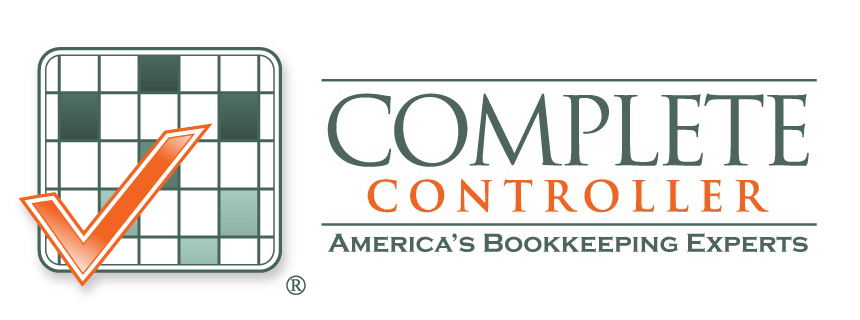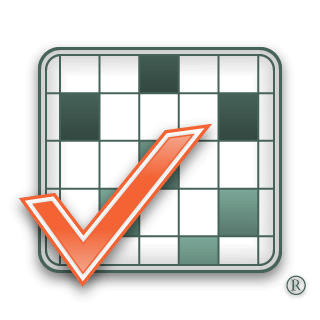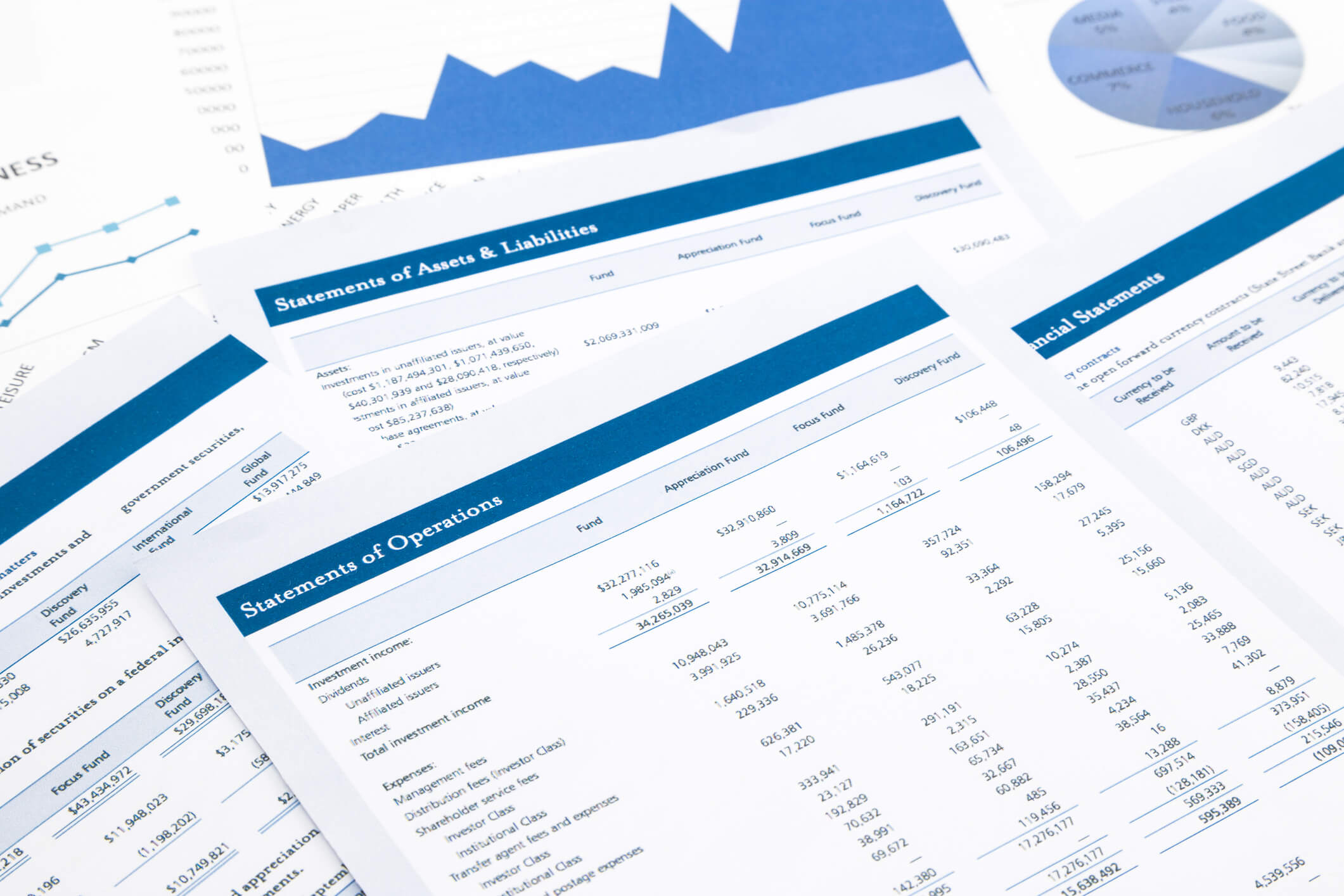By: Jennifer Brazer
Jennifer is the author of From Cubicle to Cloud and Founder/CEO of Complete Controller, a pioneering financial services firm that helps entrepreneurs break free of traditional constraints and scale their businesses to new heights.
Fact Checked By: Brittany McMillen
Master Balance Sheet Basics: Essential Insights You Need
Balance sheet basics start with understanding that a balance sheet is a financial statement showing your company’s assets, liabilities, and shareholders’ equity at a specific point in time—essentially revealing what you own versus what you owe to provide a clear snapshot of financial health. Small business owners who regularly review their balance sheets experience 20% less income volatility than those who don’t, making this fundamental tool critical for sustainable growth.
As CEO of Complete Controller for over 20 years, I’ve witnessed thousands of businesses transform their financial futures by mastering this single document. The average small business carries $195,000 in debt, yet those who understand their balance sheets secure better loan terms, optimize cash flow, and make data-driven decisions that fuel growth. This article will equip you with practical strategies to read, create, and leverage your balance sheet for improved financial ratios, faster loan approvals, and strategic business decisions that actually move the needle.

What is a balance sheet, and why does it matter?
- Balance sheet basics: A financial document showing assets, liabilities, and equity at a specific date, used to assess liquidity and solvency
- Assets represent everything your business owns of value, from cash and inventory to equipment and real estate
- Liabilities encompass all debts and obligations, including loans, accounts payable, and accrued expenses
- Equity reflects the net worth remaining for owners after subtracting liabilities from assets
- The fundamental equation (Assets = Liabilities + Equity) must always balance, providing a mathematical check on accuracy
The 3 Pillars of a Balance Sheet
A balance sheet stands on three foundational pillars that work together to paint your complete financial picture. Assets represent resources that generate future economic benefits, liabilities show obligations that require future sacrifices, and equity measures the residual interest belonging to owners.
The relationship between these three components reveals critical insights about financial stability and operational efficiency. When assets significantly exceed liabilities, businesses maintain strong borrowing power and weather economic downturns more effectively.
Current vs. non-current assets
Current assets include cash, accounts receivable, and inventory that convert to cash within one year, providing liquidity for daily operations. These liquid resources fund payroll, purchase inventory, and cover unexpected expenses without requiring additional financing.
Non-current assets like property, equipment, and intellectual property support long-term value creation but depreciate over time. Smart businesses balance both categories—maintaining sufficient current assets for flexibility while investing in non-current assets that drive competitive advantage.
Short-term vs. long-term liabilities
Current liabilities demand payment within 12 months and include accounts payable, short-term loans, and accrued expenses. Managing these obligations requires careful cash flow planning since misalignment between receivables and payables creates liquidity crises that force expensive emergency financing.
Long-term liabilities extend beyond one year and typically include mortgages, equipment loans, and bonds payable. While these debts enable growth investments, excessive long-term obligations restrict future flexibility and increase financial risk during market downturns.
Equity: The business’s true net worth
Shareholders’ equity represents the book value remaining after settling all liabilities, comprising contributed capital and retained earnings. Positive equity trends signal sustainable operations and reinvestment capacity, while declining equity warns of potential insolvency.
Retained earnings accumulate from profitable operations minus dividends, funding organic growth without diluting ownership or increasing debt. Successful businesses strategically balance dividend distributions with earnings retention to maximize both current returns and future growth potential.
Balance Sheet Ratios: Your Financial Health Metrics
Financial ratios transform raw balance sheet data into actionable intelligence that drives better business decisions. These metrics benchmark performance against industry standards and historical trends, revealing strengths to leverage and weaknesses requiring attention.
Banks and investors scrutinize these ratios when evaluating loan applications and investment opportunities. Companies presenting strong ratios command better interest rates, longer repayment terms, and higher valuations.
Current ratio: Test liquidity
Calculate your current ratio by dividing current assets by current liabilities—a result above 1.2 indicates healthy short-term liquidity. For example, $200,000 in current assets divided by $150,000 in current liabilities yields 1.33, suggesting adequate resources to meet immediate obligations.
Industries vary in optimal current ratios based on operating cycles and inventory requirements. Retail businesses often maintain higher ratios due to inventory investments, while service companies operate efficiently with lower ratios, given minimal working capital needs.
Debt-to-equity: Measure leverage
Total liabilities divided by shareholders’ equity reveals how much debt finances operations versus owner investment. Ratios below 1.0 indicate conservative financing, while readings above 2.0 signal potential over-reliance on borrowed funds that amplifies financial risk.
Strategic debt usage accelerates growth when returns exceed borrowing costs, but excessive leverage magnifies losses during downturns. Monitor this ratio quarterly to maintain an optimal capital structure that balances growth opportunities with financial stability.
Working capital: Fuel for daily operations
Subtract current liabilities from current assets to calculate working capital—the financial cushion supporting daily operations. Positive working capital enables inventory purchases, extends customer credit terms, and absorbs temporary revenue fluctuations without disrupting operations.
Negative working capital forces businesses into expensive short-term financing or asset liquidation. To improve working capital, accelerate receivables collection, negotiate extended payables terms, and optimize inventory levels based on actual demand patterns.

Step-by-Step: Building Your First Balance Sheet
Creating an accurate balance sheet requires systematic data collection and proper categorization of financial elements. Modern accounting software streamlines this process, but understanding the underlying mechanics prevents costly errors and enables strategic analysis.
Begin by establishing a specific reporting date—typically, month-end, quarter-end, or year-end. For accurate financial positioning, all asset and liability values must reflect balances as of that exact date.
Gather and categorize assets
Start with liquid assets, including cash accounts, money market funds, and accounts receivable expected within 30 days. Document physical inventory using consistent valuation methods like FIFO (First-In-First-Out) that match your tax reporting approach.
Fixed assets require special attention for depreciation calculations, which reduce book value over their useful life. To accurately reflect current net value, include purchase price minus accumulated depreciation for equipment, vehicles, and property.
List liabilities by urgency
Separate obligations by payment timeline—current liabilities due within one year versus long-term debts extending beyond. Include all accounts payable, accrued expenses, current loan portions, and tax obligations in the current category.
Long-term liabilities encompass mortgage balances, equipment financing, and bonds payable beyond the current year portion. Accurate liability classification directly impacts liquidity ratios that lenders evaluate for creditworthiness.
Calculate equity and verify the equation
Total equity equals assets minus liabilities, representing net business value. This figure includes initial capital contributions, additional paid-in capital, and retained earnings accumulated since inception.
Verify accuracy by confirming assets equal liabilities plus equity—any imbalance indicates missing entries or calculation errors. Common mistakes include overlooked liabilities, incorrect inventory valuations, or misclassified transactions requiring investigation.
Case Study: How “Baker & Bean” Doubled Profits
Baker & Bean café struggled with inconsistent cash flow despite steady sales, prompting owners to analyze their balance sheet for hidden opportunities. The review revealed $50,000 in commercial kitchen equipment sitting idle during off-peak hours—a significant underutilized asset.
By refinancing existing high-interest debt and restructuring payment terms, they freed up $800 monthly in cash flow. The improved balance sheet metrics enabled loan approval for a second location, leveraging the underused equipment for catering services.
Within 12 months, revenue increased 120% through expanded operations while maintaining the same debt-to-equity ratio. The balance sheet analysis transformed a cash flow problem into a growth opportunity by identifying inefficient capital deployment.
Woof Gang Bakery’s rapid expansion
Bradenton bakery owner Kasia Anderson leveraged her strong balance sheet to secure a $345,000 SBA loan in just 35 days. By presenting $1.2 million in home equity as collateral alongside organized financial statements, she demonstrated solid financial backing despite being a new business owner.
The transparent presentation of assets and managed liabilities built immediate lender confidence. This enabled rapid approval for purchasing an established franchise location, accelerating market entry compared to starting from scratch.
Avoiding Common Balance Sheet Pitfalls
Balance sheet errors compound over time, distorting financial reality and leading to poor decisions. Regular audits catch mistakes early before they impact loan applications or tax filings.
Pre-pandemic, 42% of small businesses maintained $5,000+ in cash reserves; today only 33% do, amplifying the importance of accurate financial tracking. Monthly balance sheet reviews identify concerning trends before they become crises.
Misclassified assets and liabilities
Recording a two-year equipment loan as a current liability artificially inflates short-term obligations, destroying liquidity ratios. Quarterly classification audits prevent these errors from undermining creditworthiness during crucial financing negotiations.
Similarly, mixing personal and business assets creates tax complications while overstating company value. Maintain strict separation between personal and business finances, documenting any owner loans or contributions properly.
Inventory valuation errors
Overvalued inventory inflates assets while understating the cost of goods sold, painting an unrealistic profitability picture. To maintain accuracy, implement consistent valuation methods and conduct physical counts quarterly.
Obsolete inventory requires write-downs that impact both balance sheet assets and income statement expenses. Regular inventory reviews identify slow-moving items for liquidation before they become worthless.
Neglecting intangible assets
Trademarks, patents, and customer lists represent significant value often omitted from balance sheets. Document these assets at fair market value when acquired or periodically revalue based on revenue generation.
Goodwill from business acquisitions and developed software also qualify as intangible assets requiring proper recording. Professional valuation services establish defensible values for these harder-to-quantify assets.
From Insight to Action: Practical Financial Strategies
Balance sheet analysis without implementation wastes valuable insights that could transform business performance. Convert knowledge into concrete actions that strengthen financial position and accelerate growth.
Focus initial efforts on quick wins that generate immediate cash flow improvements. Small changes compound into significant results when consistently applied across all financial operations.
Optimize your current ratio
Liquidate obsolete inventory through clearance sales or donations that provide tax benefits while freeing warehouse space. Every dollar converted from dead stock to cash improves liquidity for productive investments.
Renegotiate vendor payment terms from net-30 to net-45 or net-60, extending payables without incurring interest charges. Combined with faster receivables collection, this working capital optimization funds growth without external financing.
Reduce debt strategically
Target high-interest obligations first, potentially consolidating multiple loans into single lower-rate facilities. Calculate total interest savings to justify refinancing costs and accelerate payoff timelines.
Maintain some strategic debt when borrowing costs remain below investment returns. Completely debt-free businesses often grow slower than those leveraging reasonable amounts of low-cost capital for expansion.
Reinvest equity for growth
Allocate 20-30% of retained earnings toward research, development, and marketing initiatives that differentiate your business. A technology startup investing 30% of equity in AI tool development increased market share by 40% year-over-year through innovation leadership.
Balance growth investments with maintaining adequate cash reserves for unexpected opportunities or challenges. The strongest businesses combine aggressive growth strategies with conservative financial management.
Conclusion
Understanding balance sheet basics transforms financial guesswork into strategic advantage, enabling data-driven decisions that build lasting value. The fundamental equation—assets equal liabilities plus equity—provides the framework for evaluating every business decision through a financial lens.
At Complete Controller, we’ve guided thousands of businesses from financial confusion to clarity, watching clients reduce debt by 35% within a year while accelerating growth through smarter capital deployment. Your balance sheet tells a story about where you’ve been and indicates where you’re headed—master its language to write your own success story.
Start reviewing your balance sheet monthly rather than waiting for year-end surprises. Track key ratios, identify trends, and take corrective action before small issues become major problems. Ready to unlock your balance sheet’s full potential? Visit Complete Controller for expert guidance tailored to your business needs.

Frequently Asked Questions About Balance Sheet Basics
What is the main purpose of a balance sheet?
A balance sheet provides a financial snapshot showing what a business owns (assets) versus what it owes (liabilities) at a specific date, enabling assessment of liquidity, solvency, and net worth for strategic decision-making.
How often should a balance sheet be prepared?
Minimum quarterly for tax purposes, though high-growth businesses benefit from monthly preparation to track rapid changes. Annual balance sheets satisfy audit requirements but lack timeliness for operational decisions.
What’s the difference between a balance sheet and an income statement?
Balance sheets show financial position at a single point in time (like a photograph), while income statements track performance over a period (like a movie), with both documents providing complementary views of business health.
What is a “good” debt-to-equity ratio?
Ratios below 1.0 indicate conservative financing ideal for most industries, while readings above 2.0 suggest over-reliance on debt requiring restructuring to reduce financial risk during economic downturns.
Can a balance sheet help secure a loan?
Yes—76% of banks approve small business loans within five days when applicants present organized balance sheets showing strong current ratios (above 1.2) and managed debt levels that demonstrate creditworthiness.
Sources
- altLINE. “Small Business Loan Statistics (2025).” altLINE.com. 2025.
- BDC. “Balance Sheet Components.” BDC.com. 2024.
- Consumer Financial Protection Bureau. “The Financial Security of Small Business Owners.” Making Ends Meet Survey. 2025.
- Federal Deposit Insurance Corporation (FDIC). “2024 Small Business Lending Survey Report.” FDIC.gov. 2024.
- First Bank of the Lake. “Woof Gang Bakery SBA Loan Case Study.” FirstBankLake.com. 2025.
- Investopedia. “Balance Sheet Ratios.” Investopedia.com. 2025.
- Mulcahy & Co. “Case Studies in Business Lending.” MulcahyCo.com. 2024.
- Patriot Software. “Common Balance Sheet Errors.” PatriotSoftware.com. 2020.
- QuickBooks. “Small Business Financial Health Report.” QuickBooks.com. 2024.
- U.S. Chamber of Commerce. “Balance Sheet Best Practices.” USChamber.com. 2025.
- U.S. Small Business Administration. “Managing Business Finances.” SBA.gov. 2024.
- Wikipedia. “Balance Sheet.” Wikipedia.org. Last updated 2024.
 About Complete Controller® – America’s Bookkeeping Experts Complete Controller is the Nation’s Leader in virtual bookkeeping, providing service to businesses and households alike. Utilizing Complete Controller’s technology, clients gain access to a cloud platform where their QuickBooks™️ file, critical financial documents, and back-office tools are hosted in an efficient SSO environment. Complete Controller’s team of certified US-based accounting professionals provide bookkeeping, record storage, performance reporting, and controller services including training, cash-flow management, budgeting and forecasting, process and controls advisement, and bill-pay. With flat-rate service plans, Complete Controller is the most cost-effective expert accounting solution for business, family-office, trusts, and households of any size or complexity.
About Complete Controller® – America’s Bookkeeping Experts Complete Controller is the Nation’s Leader in virtual bookkeeping, providing service to businesses and households alike. Utilizing Complete Controller’s technology, clients gain access to a cloud platform where their QuickBooks™️ file, critical financial documents, and back-office tools are hosted in an efficient SSO environment. Complete Controller’s team of certified US-based accounting professionals provide bookkeeping, record storage, performance reporting, and controller services including training, cash-flow management, budgeting and forecasting, process and controls advisement, and bill-pay. With flat-rate service plans, Complete Controller is the most cost-effective expert accounting solution for business, family-office, trusts, and households of any size or complexity.




